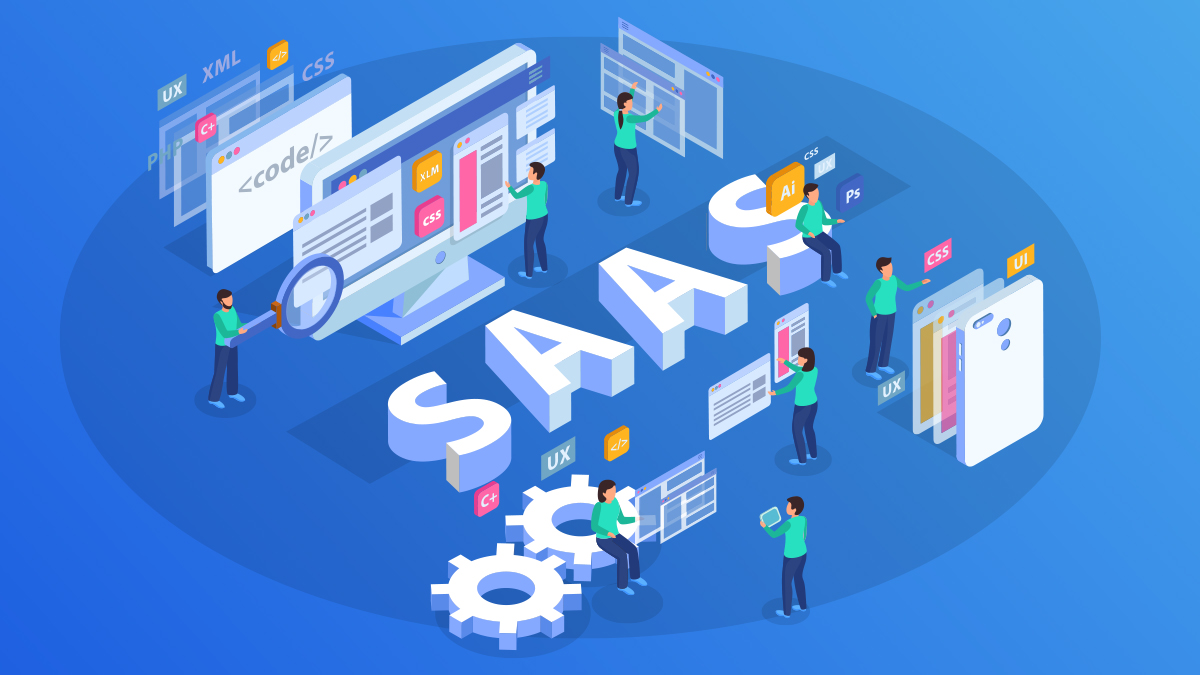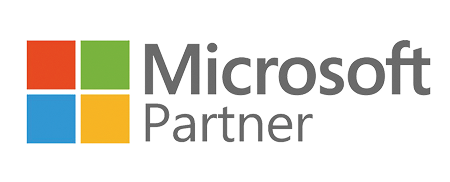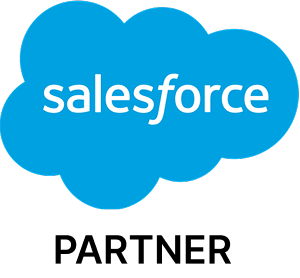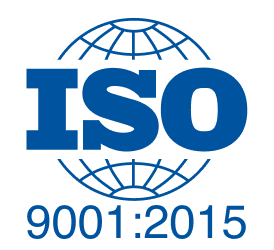Developing a customised application for your business can be hard and takes months to prepare. The time-consuming process of traditional methods can make you feel overwhelmed, and the product delay may affect your business plan. However, there is a way that you can build applications on your own in style with no technical knowledge. To bridge this technological gap, Microsoft invented Power Apps services.
Power Apps is a powerful low-code platform that lets users create applications on their own with no need for code. Using its drag-and-drop dashboard and its pre-available templates, you can easily create your customised application for your business with Power Apps. If you want to know how the process is done, then go through the following technical guide to learn the steps.
Why Businesses Need Power Apps?
The power app platforms are transforming the way of application development for businesses. As it brings flexibility in creating applications, businesses can benefit from the following:
Rapid app development: Leveraging the pre-built app modules and AI coding, businesses can create and deploy applications faster than traditional methods.Reliability on Specialists: The No Code platform's reusable modules and other solutions let users build applications in seconds. Thus, it prevents businesses from hiring high-paying software specialists and reduces the budget. Enhance collaboration: To create customised applications, Power Apps brings in collaboration systems like Chatbots, live editing, comment areas, and more. Therefore, it brings the IT and business team closer for interaction to make scalable and customised application.
Before getting started, Power Apps offers 3 types of application modules, like
- Canvas Apps: A blank layout that allows users to create new customised apps with complete control over their design layout.
- Model-Driven Apps: This helps you to build apps that are based on your data model and business processes.
- Portals: This is an external website solution that you can build for end users of your business.
How to Create an New Application using Power Apps
The process of creating an application with Microsoft Power Apps is way easier than any other development models. However, to get started, you need to get things in order. Let's break down the development process below.
Business Plan
To kick off your app development, start with the action plan. To create substantial traction for your app in the market, your application needs a strong user case and solution. So, by doing market research and meeting with stakeholders, address a problem and design an application that solves it. Next, look for customer feedback, forum suggestion, and do brainstorm to make your business plan solid.
Design Process
After the planning is done, you can move on to the Design Process. To get this started, create an account on the Power Apps website and log in to your account. For designing, Leverage Power Apps tools like Microsoft Dataverse, Power Apps Studio, and Power Automate to build front end and other module. Let's see how Microsoft tools help businesses design their application.
Microsoft Dataverse: Using Dataverse, you can create cloud storage support to integrate data, define relationships, enforce business rules, and create an automated taskforce.
Power Apps Studio: This front-end tool lets you build clean UI, responsive layouts, forms, interactive controls, and more.
Power Automate: For integration and automation, Power Automate offers ultimate help. It supports Azure and custom connectors to integrate data from external services.
Development Phase
Once the design phase of the application is done, you can start working on the development phase. To create a powerful and accessible application, you can use Power Apps Studio and the Power Apps Content of Microsoft.
Using the drag-and-drop dashboard, reusable modules, formulas, and expressions, you can easily kick-start your app development. Upon finishing this, use the Power Apps Component Framework to create custom components and advanced functionality. Finally, to manage codebase integrity and initiate collaboration, you can implement version control tool.
App Testing
After creating your customised application with Power Apps, the next step is testing. By using the Power Apps Play icon or using Jest and JavaScript testing tools, do the testing. Try running every module of the app, section, and tools for functionality testing. Besides the discussion, businesses can adopt UAT sessions with end users to collect feedback and customise the application.
Deployment Phase
Once the app is out of testing and has passed every check and compliance, then deployment is the last thing. You can start publishing the app with an announcement to let end users know that the product is out for use. Also, make sure to monitor the Azure application to get insights about the app performance and more.
How SGS Can Help with Power Apps Implementation?
SGS, a certified Microsoft Gold Partner, can help your Power Apps implementation more swift and easier. Our qualified tech leads, and team are well versed with Microsoft Implementation and Power Apps integration with years of experience. From implementation to app deployments, we offer scalable applications to clients to improve standards and meet requirement goals.
To learn more about our services or to get a word with our tech lead, visit our contact us page











